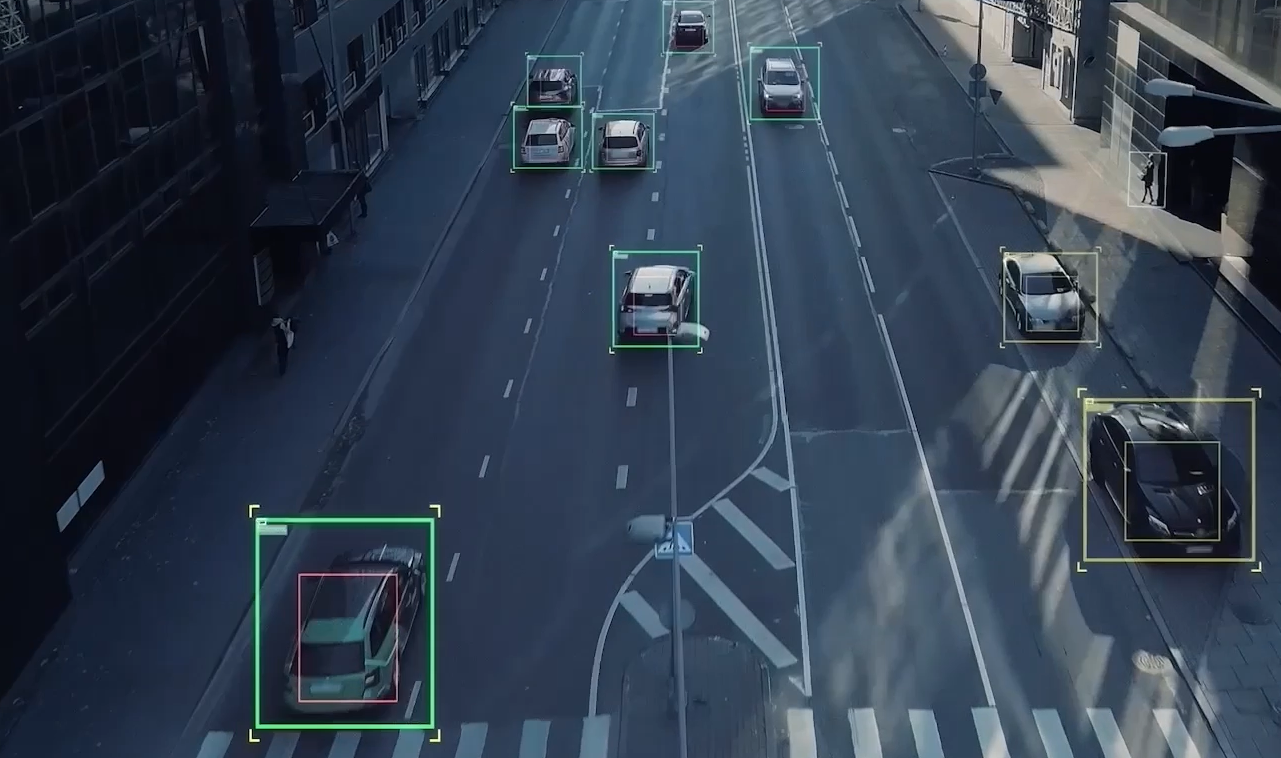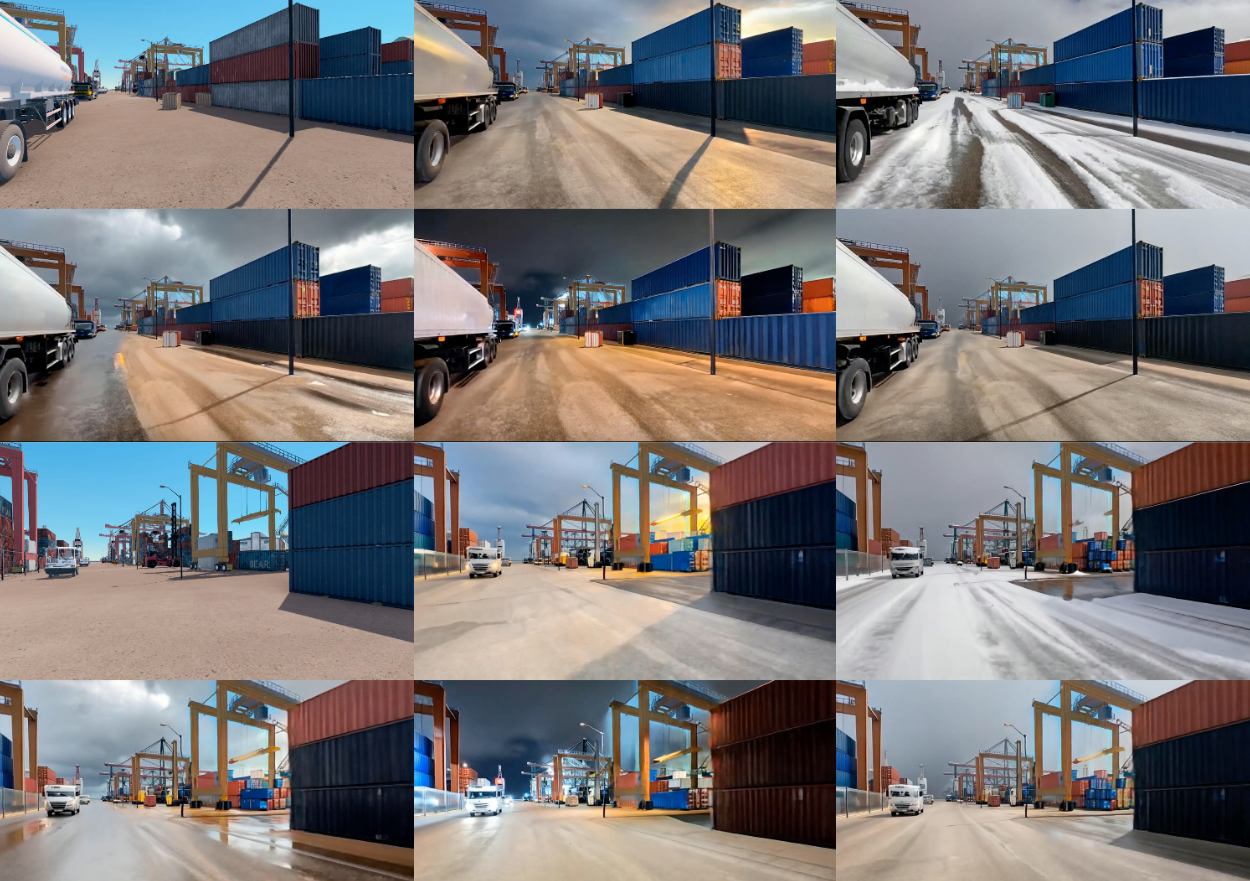Global Leaders are Vying to Lead the AI Safety Debate but Who Will Deliver the First Laws?

By Jamie Hodsdon, Oxa Global Regulatory Affairs Lead
Last week we saw U.S President Joe Biden issue an Executive Order aimed at wrapping the weight of the world’s largest economy around policing AI Safety. And the UK’s global AI Safety Summit ended last Thursday, with a broad agreement to safe and responsible development of frontier AI.
Frontier Artificial Intelligence has become a topic of intense debate in the last few months. Governments around the world are grappling with how technology with the potential to dramatically change our society meets the public’s expectations that they are ‘safe enough’. Often, ‘safe enough’ is judged by whether the benefits outweigh the risks.
This concern for ‘safe enough’ is no less true in the world of self-driving vehicles, but the debate on safe self-driving technology is years in the making. Out of the spotlight of the AI Summit, legislative regimes for self-driving vehicles are beginning to take shape - perhaps there’s a model for Frontier AI to follow?
Self-driving vehicles pose a unique challenge - how to fit robots operating on public roads without close human supervision into an existing legal framework founded on holding a single, human driver accountable for their actions? This question goes to the bedrock of UK driving legislation.
The UK began grappling with the problem of regulating drivers and ‘motor cars’ as far back as 1903, recognising that 19th Century legislation for steam engines didn’t fit the bill. The legislation we use to regulate drivers today is the culmination of a project to, in part, ensure drivers are accountable for their actions – levelling criminal and civil sanctions for wrongdoing. The public, for the most part, tolerate the risks of driving because dangerous drivers face jail sentences, others risk losing their licence.
To date, no country has introduced both detailed technical regulations and fundamental amendments to civil and criminal law to clarify how self-driving vehicles can be operated safely and responsibly alongside conventional vehicles. Deployment without these amendments risks damaging public confidence in a promising technology that can deliver tangible safety, economic and environmental benefits.
The UK Government understands this. The Connected and Automated Mobility (CAM) 2025 paper endorsed recommendations for a new ‘Automated Vehicle Act’ which would deliver fundamental amendments to UK law to hold the developers and operators of self-driving vehicles responsible and introduce new regulations to establish ‘safe enough’.
The recent report by the Transport Select Committee on self-driving vehicles and the consultation by the All-Party Parliamentary Group for Self-Driving Vehicles demonstrate that there’s momentum behind AV legislation in the UK. But without legislation, we risk drifting further behind other jurisdictions. The UK, home of world-class self-driving technology companies like Oxa, can only compete internationally when it has the legislation in place to light a path to commercial deployment.
And, self-driving vehicles have a lot to offer. At Oxa, we know that the most promising, emerging use cases are self-driving passenger shuttles and light goods delivery services. We’re already beginning to show how it can be done, through our partnership with eVersum and Beep. We believe dynamic micro-transit systems offer the greatest medium-term benefits to the public, whether we’re talking about service users or other drivers.
The UK is well positioned to set a global standard by creating a bespoke regulatory framework. Starting from first principles, legislation can lay down red lines on safety that foster rather than smother innovation, and define the detail behind a ‘careful and competent driver’. These all present an enormous growth opportunity through, not despite, regulation.
What does good regulation look like?
A Bill has the potential to pave the way for both vehicle-level and aggregate safety benefits, but only with the right regulatory framework. Oxa believes that any detailed framework codified in secondary legislation beyond 2024 must:
Clarify the role of ‘careful and competent’ as a standard, such as how it should inform acceptance criteria for the standard,
Be proportionate in the burden of evidence needed for behaviours that are not safety-critical, such as where there is no risk of immediate harm,
Maximise the power of in-use regulation to off-set unknown unknowns at the approval and authorisation stages,
Recognise the importance of improving both performance and safety through frequent software updates - developers will have more control over their deployments than any vehicle of the past,
Scrutinise a developer’s safety culture in as much as their product,
Engage the public to convert technical language on safety engineering to a language they can readily understand and which explains the role of legislation in delivering accountability.
What benefits would a Bill deliver?
Safety — We have good reason to believe that the safety benefits of self-driving vehicles will be dramatic. In 2020, 88% of all recorded collisions involved human error as a contributory factor. Human error wasn’t the sole factor but eliminating this factor alone promises safer roads. Self-driving vehicles will likely introduce new factors, but unlike the conventional approach to regulating drivers, the proposed UK legislative framework presents an opportunity to foresee and eliminate these factors before they even occur through in-use regulation and a new collision investigation function.
It will take time for aggregate safety benefits to show – self-driving vehicles may not form a large proportion of vehicles on UK roads for several years. But this needn’t limit our confidence in the safety of individual vehicles. There are already well-established engineering methodologies for assuring the safety of complex technology; the same methodologies that make aviation as safe as it is today. Oxa uses these methodologies every day in our development of self-driving vehicles and the UK has the opportunity to replicate these long-term results.
Access to transport - It’s already clear that the need for shared mobility services is becoming increasingly urgent. Official data suggests that nearly 20% of UK bus routes were cut between 2022 and 2023, leaving many rural communities, in particular, more isolated. We risk perpetuating a dependence on private passenger vehicles. For some, this is unaffordable or impractical due to accessibility needs, and more vehicles will not improve congestion. Worse, a deepened dependence on private vehicles threatens the UK’s ambition to reach Net Zero by 2050.
Self-driving passenger shuttles offer a cost-effective means of reconnecting communities left behind by transport cuts, but only if new regulation clarifies what safety targets these vehicles must meet before the safety operator can be removed.
Environment — Passenger shuttles can bridge the gap in urban and rural infrastructure to encourage people to walk or cycle the shorter distances in their journey. This means there need be no conflict between self-driving vehicle deployment and new green initiatives like increasing green spaces and provisions for cycling. Local authorities could redesign infrastructure to encourage walking and cycling precisely because they can rely on the safe, predictable, and law-abiding behaviour of self-driving vehicles.
Legislation is the great enabler
Oxa believes that it’s vital the UK Government brings forward comprehensive legislation for self-driving vehicles this coming Parliamentary session. This legislation is the bedrock for the many opportunities self-driving vehicles promise.
The result will be the ability for innovators to deploy new commercial vehicles as soon as their safety can be demonstrated against new regulations. The Department for Transport must ensure that the new legislation is able to catalyse the deployment of these vehicles proportionately to maximise the benefits to people, business and the planet.
In the long-term, self-driving vehicles will be widespread, operating across all transport sectors. However, in the short-term it’s clear the greatest opportunities are with self-driving shuttles on public roads as shuttling is a clear and present area for Oxa self-driving technology to have impact. The UK’s Automated Vehicle Bill could similarly be the key legislative proving ground for how self-driving vehicles are regulated and we eagerly await the King’s Speech on 7th November.
4) https://www.self-drivingappg.co.uk/consultation
6) https://www.gov.uk/government/publications/traffic-commissioners-annual-report-2022-to-2023/traffic-commissioners-for-great-britain-annual-report-2022-23 (excluding London)







